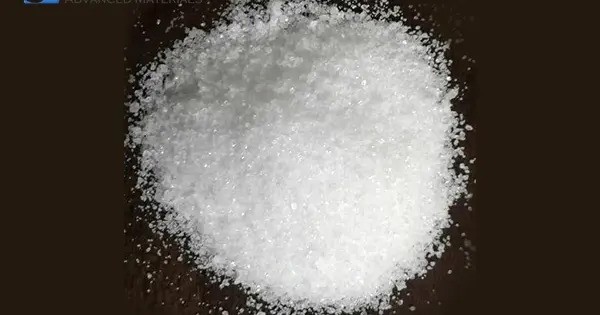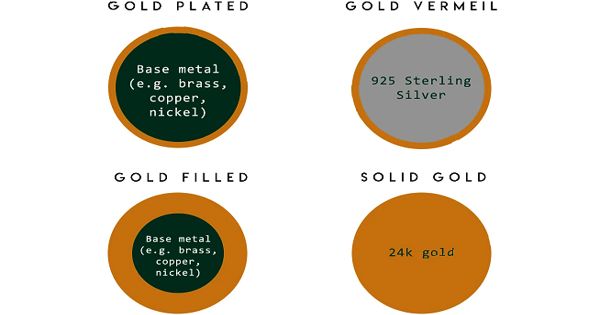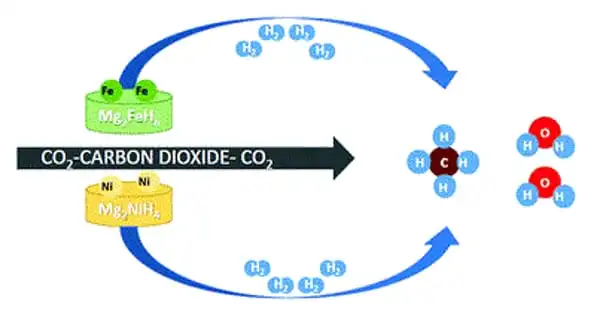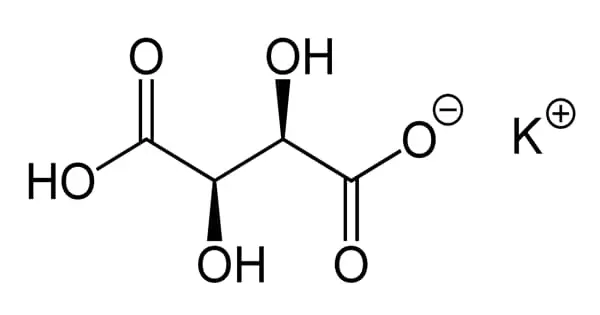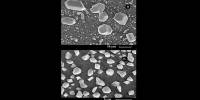Lithium telluride (Li2Te) is an inorganic compound of lithium and tellurium. It appears as a gray or black crystalline solid and is classified as an ionic telluride. Along with LiTe3, it is one of the two intermediate solid phases in the lithium-tellurium system. It can be prepared by directly reacting lithium and tellurium in a beryllium oxide crucible at 950°C. The compound crystallizes in the antifluorite structure, where tellurium atoms form a face-centered cubic lattice with lithium ions occupying the tetrahedral sites.
Lithium telluride is formed by the direct combination of lithium and tellurium at elevated temperatures, typically above 400 °C, under an inert atmosphere to prevent oxidation. It is highly reactive with moisture and oxygen, decomposing to produce lithium hydroxide and elemental tellurium or tellurium oxides.
Properties
It appears as a white or gray crystalline solid and is classified as an ionic compound containing Li⁺ and Te²⁻ ions. It has a cubic crystal structure similar to other alkali metal tellurides. Lithium telluride is highly reactive with moisture, decomposing to form lithium hydroxide and hydrogen telluride (H₂Te), which is toxic and has a foul odor. It is soluble in polar solvents and has a high melting point due to strong ionic bonding.
- Chemical formula: Li2Te
- Molar mass: 141.48 g·mol−1
- Appearance: Light grey or light yellow crystals
- Melting point: 1204.5°C
Chemically, Li₂Te behaves as a strong reducing agent due to the presence of the telluride ion (Te²⁻). It reacts vigorously with acids to produce hydrogen telluride (H₂Te), a toxic and foul-smelling gas. Because of its reactivity and instability in air, it is handled under dry, inert conditions.
Occurrences
Lithium telluride is not found naturally in the Earth’s crust; it is a synthetic compound typically produced by the direct reaction of lithium metal with tellurium at elevated temperatures. It is primarily used in materials research, semiconductors, and thermoelectric applications, where telluride compounds play an important role due to their electrical properties.
Application
Although not widely used industrially, lithium telluride has some research interest in solid-state chemistry, semiconductor studies, and as a potential material in thermoelectric applications. Its unique electronic and ionic properties make it a subject of interest in developing novel tellurium-based compounds and materials for advanced technologies.
